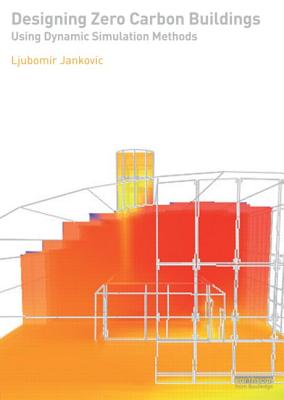
Designing Zero Carbon Buildings Using Dynamic Simulation Methods
Description
As we increasingly become aware of the causes and consequences of the climate change, there is a sense that we are dealing with an almost impossible problem to solve; that our targets for zero carbon buildings are far in the future; and that our targets are hard to achieve.
This book develops a structured method for zero carbon design and demonstrates that it is perfectly possible to design new or retrofit zero carbon buildings today, using existing technologies.
Dynamic simulation is an essential ingredient of this method and a pre-requisite for the level of analysis and optimization that is needed in order to achieve zero carbon design. The second essential ingredient is the economic analysis, and the book demonstrates how zero carbon designs can be optimised to result in lucrative rates of return on investment. The third essential ingredient is the achievement of thermal comfort. The book argues that zero carbon living is not about a considerable change of behaviour, but that it is about design that works with climate rather than against it, that uses predominantly passive rather than active means for achieving thermal comfort, and that is well tested, integrated and optimised using dynamic simulation. Using this method, designers can start making a difference today.
This book therefore makes a case for change: a change of our perceptions that we are dealing with an impossible problem to solve, a change of our business and economic models, and a change of our attitudes towards zero carbon design and zero carbon living.

